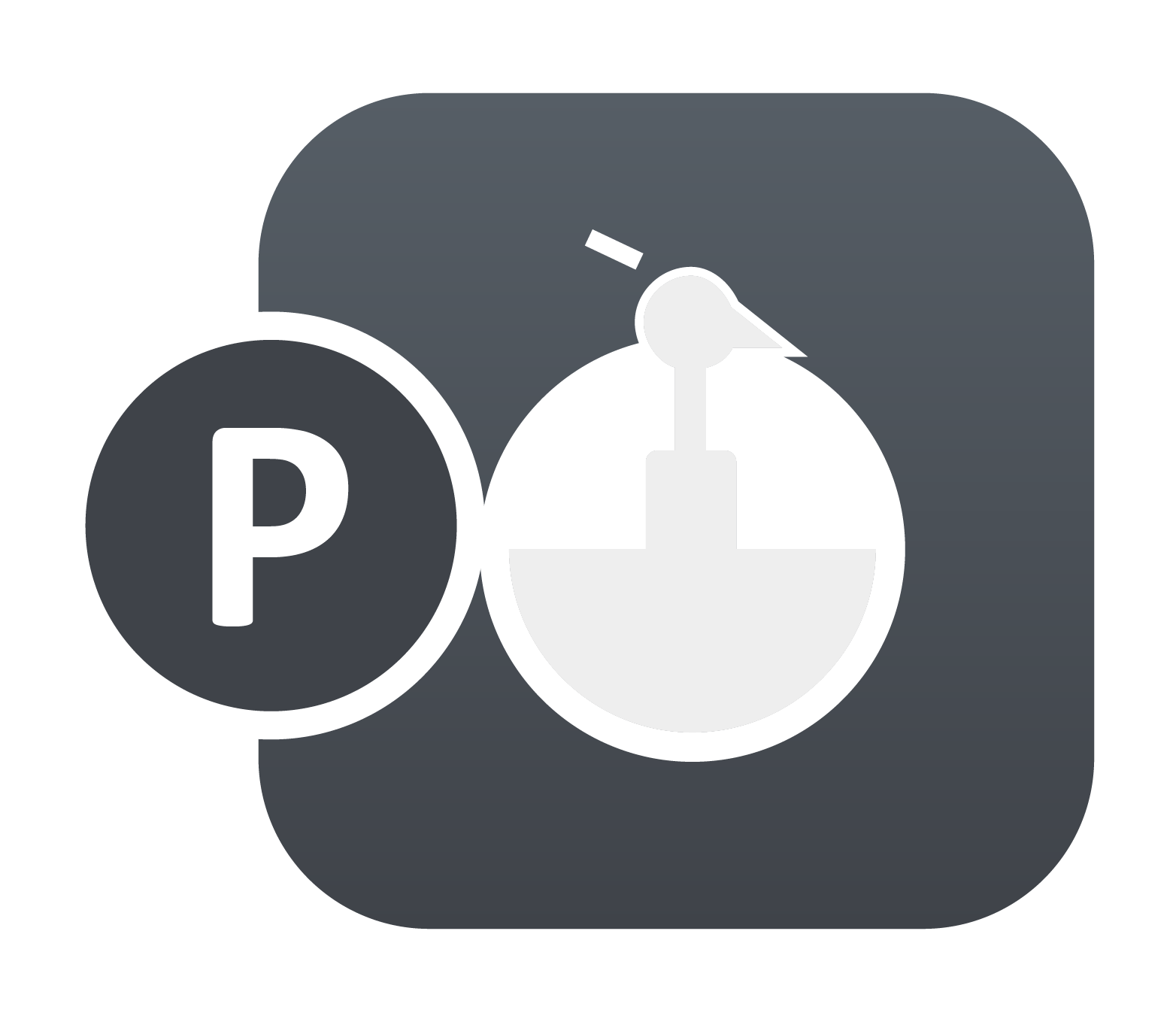Non-Structural-Mass (NSM) Lumping in LS-DYNA
LS-DYNA provides three ways to account for the non-structural-mass lumping on structures. 1. Traditional Node Based Mass Lumping using ELEMENT_MASS_{OPTION} This method relies on the preprocessors to compute the node-based additional mass that is to be lumped based on the total non-structural-mass that is to be included. The input (into a preprocessor) would simply be…












